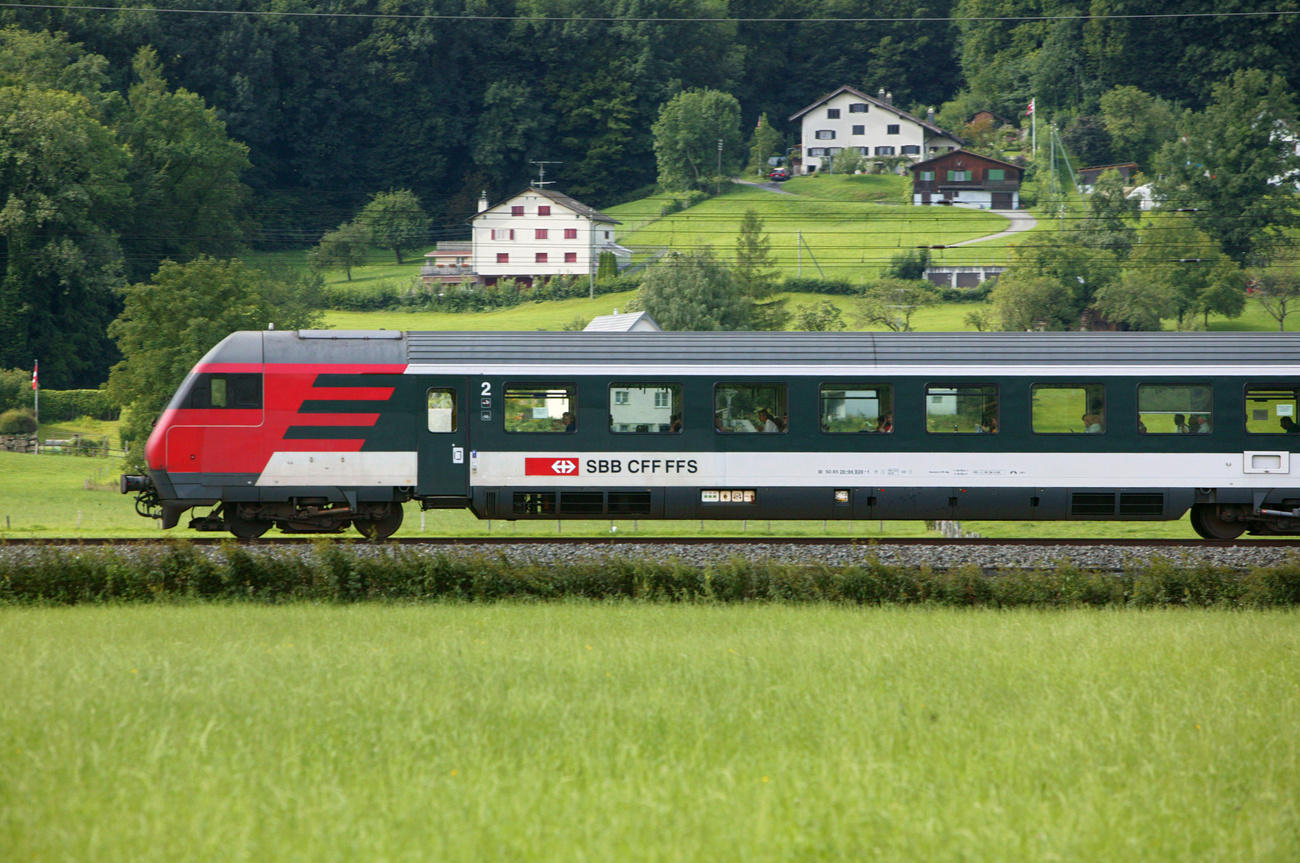I worry about the trade offs between safety on the railway and more general public safety. If the railway enforces certain standards, that are very costly, ticket prices rise to pay for them and people then take the economic choice of moving to less safe transport options. Does that mean we've improved public safety? Comparisons with less wealthy countries in eastern Europe may not be optimal but I've travelled lots in Germany were unfenced mainline railways in the countryside are common. No wonder reopening a railway in Britain is so expensive with all that steel security fencing, footbridges and lifts.
I think it unlikely that the UK is going to relax 'safety standards' on railways, nor even have any kind of debate on the subject of relaxation. If anything, it is likely to go the other way. It is telling that gradually continental railways are moving towards stopping people having access to tracks etc. I wonder why that is? There is more than enough disruption on our 'secure' railway from suicides and trespass incidents, unless you think we should adopt the Indian Railways attitude towards this?


